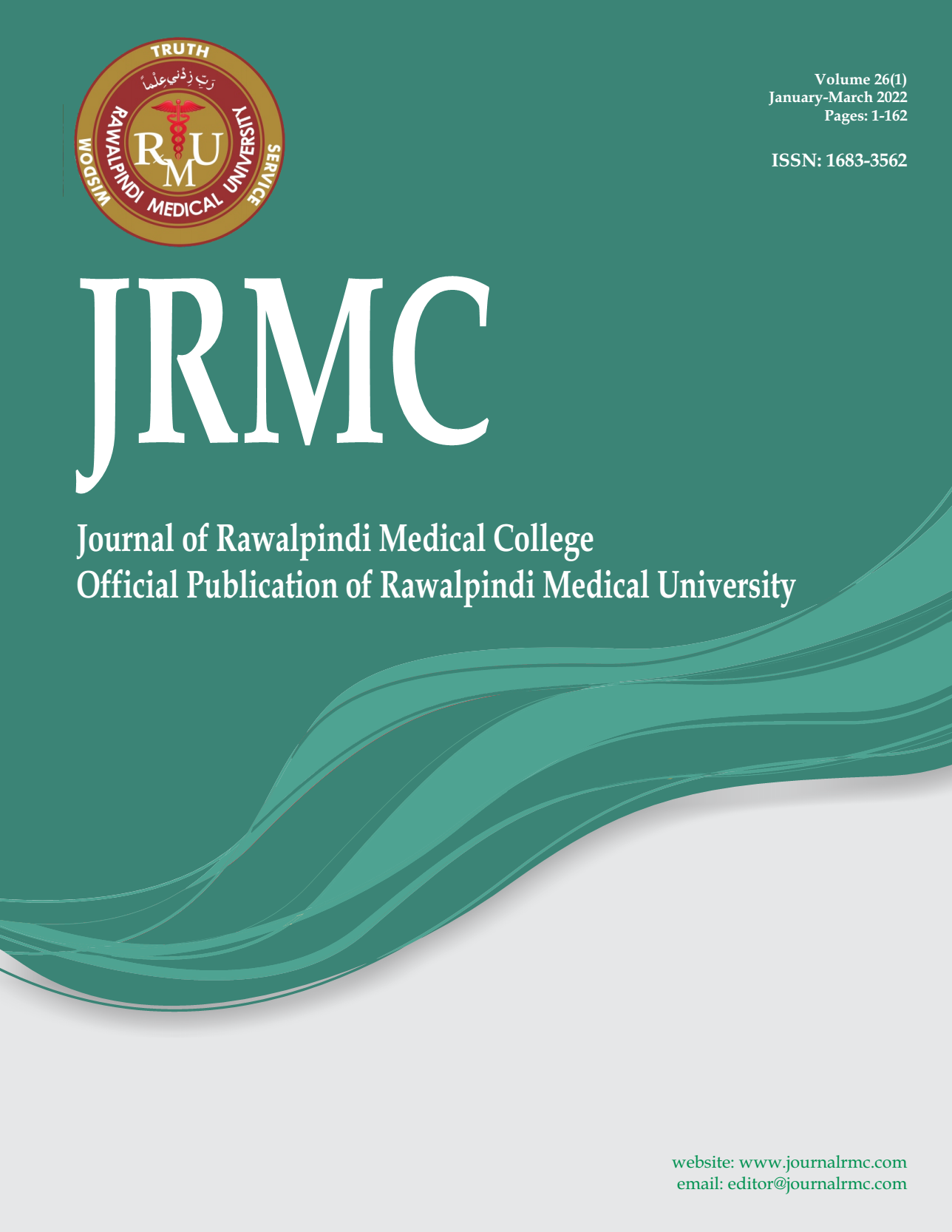Abstract
Background
External cephalic version (ECV) is a procedure to manipulate a fetus with breech presentation to cephalic presentation through maternal abdomen under ultrasound guidance. It is done to reduce number of assisted breech deliveries and caesarean sections for breech presentation . Talcum powder or aqueous gel is frequently used to facilitate ECV. We compared powder with gel in attaining successful version and level of practitioner satisfaction with powder versus gel use.
Methodology
This retrospective descriptive study was conducted by –removed for blind review---10th Oct 2015- 10th Oct 2019 . Total of 56 low risk gravid women underwent ECV after selection on the basis of inclusion and exclusion criteria. By using convenient consecutive sampling, powder or gel during ECV was allocated accordingly . ECV was performed by the single experienced practitioner in labour room with cardiotocograph and emergency caesarean facilities . Powder and gel use was compared in attaining successful version . ECV was declared successful on confirming head of fetus in lower uterine segment on ultrasound. Unsuccessful ECV’s were reattempted with crossover use to the other aid. Practitioner satisfaction was defined as, ease experienced by the practitioner in performing ECV. It was graded as high, medium and low on the base of ease or difficulty experienced by the practitioner while using powder or gel during ECV. The data was recorded & analysed using SPSS software. Descriptive statistics with Chi-square test is applied to find out the association between successful version & practitioner satisfaction level with powder versus gel use.
Results
In powder use group , 9 ECV’s were successful and 19 ECV’s were unsuccessful. In gel use group , 12 ECV’s were successful and 16 were unsuccessful .There were more successful ECV’s in gel group but the association was not significant (P value .408). Practitioner satisfaction was significantly high with gel than the powder use(Pvalue .<.001).
Conclusion
Powder or gel is not superior over the other as an aid for achieving successful ECV though gel use is more satisfying for the provider than the powder use in performing ECV. More studies are required regarding aids used in performing ECV for recommendations in clinical practice.

This work is licensed under a Creative Commons Attribution-ShareAlike 4.0 International License.
Copyright (c) 2022 Journal of Rawalpindi Medical College





